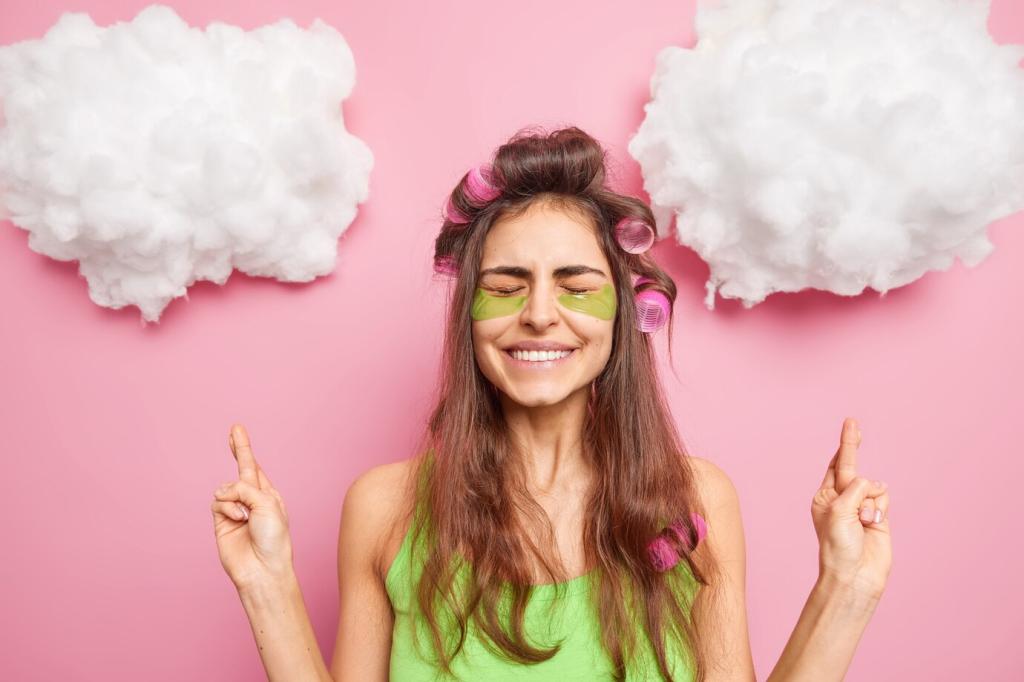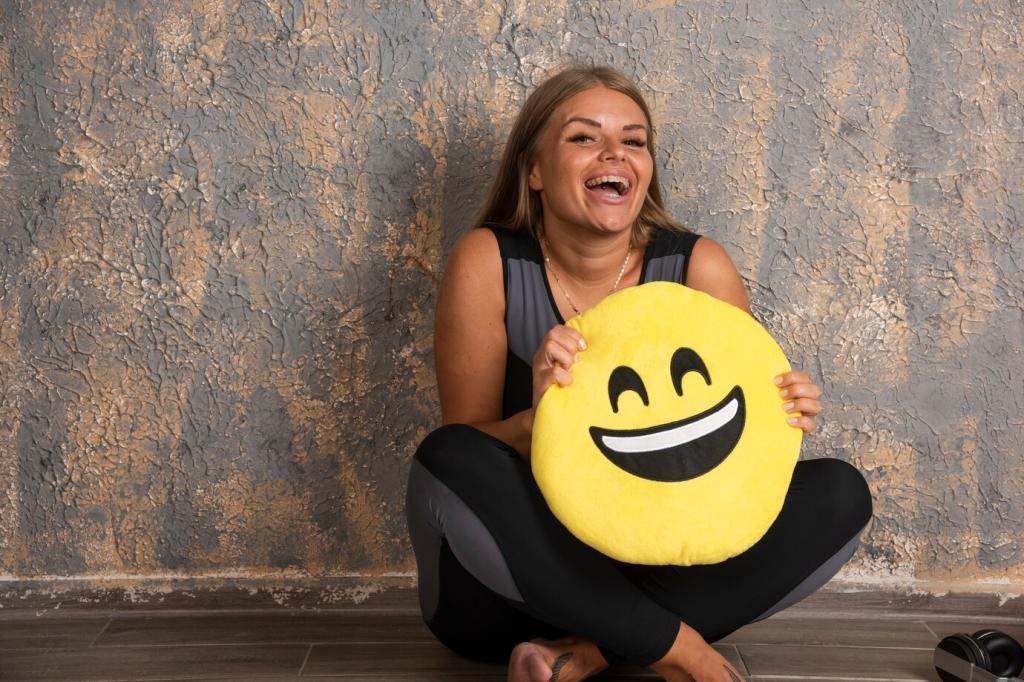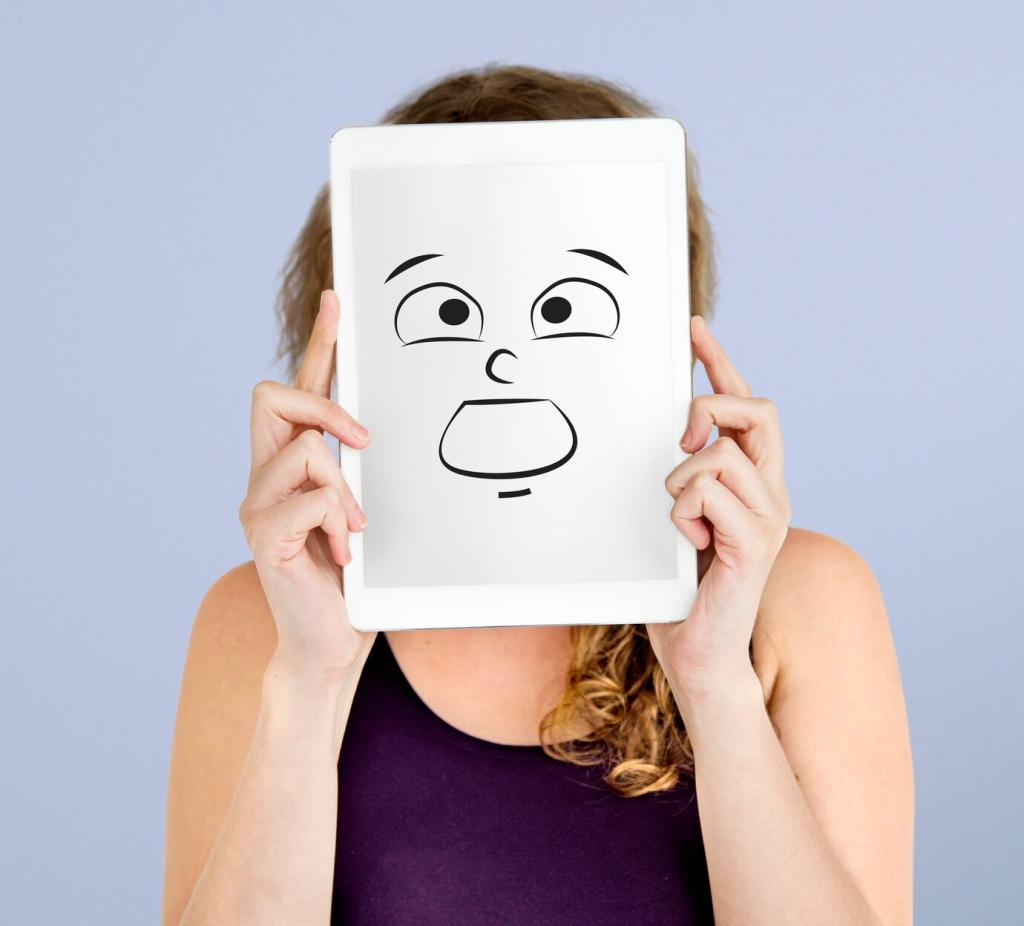The Mood of Your Room: Bedroom Colors and Their Psychological Impact
How Bedroom Colors Shape Feelings and Sleep
Soft, low-saturation colors tend to quiet mental chatter, while vivid tones can stimulate focus or excitement. In bedrooms, gentler brightness and muted hues usually support relaxation, easing transitions from evening reflection to restful, unbroken sleep.


How Bedroom Colors Shape Feelings and Sleep
Evening exposure to cooler, dimmer ambiences encourages melatonin release, priming your body for sleep. Pair restful colors with warm, low-light bulbs to reduce alertness, so your bedroom subtly signals a calm, predictable nighttime routine.

Soft Blue: A Breath of Ocean Air
Powdery or misty blues mirror horizon lines and gentle surf, subconsciously slowing mental waves. Reader Maya shared that repainting her bedroom in pale blue reduced late-night scrolling, nudging her toward books and earlier lights-out.
Sage Green: Nature’s Whisper Indoors
Sage green carries the calm of eucalyptus leaves and woodland paths. It’s grounded, not dull—perfect for pairing with linen textures. Many report easier unwinding, as the color suggests restorative walks and unhurried morning cups of tea.
Tranquil Teal: Balance Without Blandness
Teal blends blue’s serenity with green’s renewal, keeping interest without agitation. One couple found teal bedding softened their room’s echoing white, turning arguments into conversations as evenings felt more anchored, intimate, and emotionally spacious.
Warm Tones for Connection and Cozy Evenings
Blush Pink: Gentle, Supportive Warmth
Desaturated blush can feel nurturing without skewing childish or overly sweet. A blush accent wall behind a headboard subtly flatters skin tones, encouraging softer conversations and a more affectionate mood at bedtime.
Terracotta: Grounding Like Sun-Warmed Clay
Terracotta wraps a room in sunset energy, offering emotional steadiness after long days. A reader swapped a stark gray wall for clay terracotta and noticed fewer restless nights, crediting the color’s earthy, reassuring presence.
Muted Mustard: Cozy Sparks in Small Doses
Mustard throws a golden glow, but in bedrooms it’s best as an accent—pillows, throws, or a narrow stripe. It adds cheer without hijacking calm, making mornings feel optimistic while nights remain inviting and peaceful.
White walls can feel restful when warmed by woven throws, rattan lamps, or chunky knits. Texture creates visual hush, absorbing sharp edges so your room feels like a cloud rather than a clinic.
Neutrals That Calm Without Feeling Cold
Daylight vs. Evening: Two Personalities
A color that looks fresh at noon can turn moody at dusk. Observe samples throughout the day, especially under bedside lamps, to ensure your chosen hue supports both evening calm and gentle morning awakenings.
Bulbs and the Kelvin Scale
Choose warmer bulbs (around 2700K) to keep bedrooms cozy and melatonin-friendly. Cool bulbs can make blues icy and greens harsh, undermining relaxation cues. Test bulbs before committing to a full palette decision.
Matte vs. Satin: Feel It in the Finish
Matte finishes mute reflections, deepening calm; satin reflects more light, adding liveliness. In bedrooms, matte often reads as quieter, while satin suits small accents like trim or built-ins that benefit from a subtle glow.
Test, Layer, and Personalize Your Bedroom Palette
Sample Boards You Can Move Around
Paint large swatches on foam boards instead of walls. Move them by lamp, window, and mirror at different times. Track your mood for several nights to see whether the color truly relaxes your mind.

